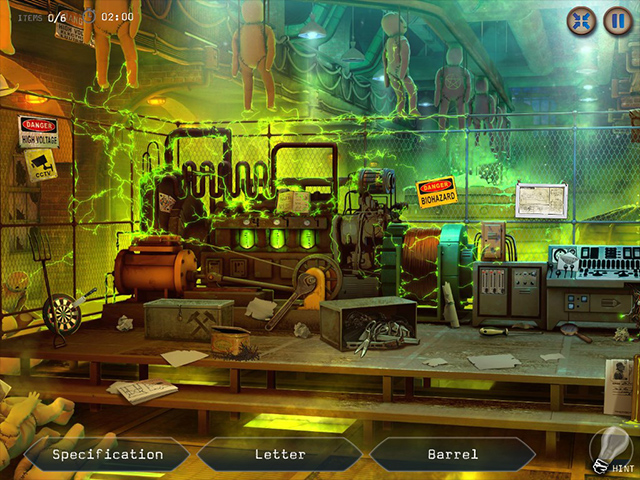
The function is invoked automatically every 15 minutes but you can trigger the function by choosing Test: Open SnapshotFunction deployed by AWS SAM. Testing the functionĪfter deployment the example application, navigate to the Lambda console. The AWS SAM CLI detects the differences between versions and deploys the new code and resources automatically. Using a schedule expression, the template configures the function to run every 15 minutes: Events:Īnytime you make changes to the Lambda function or the resource in this template, run sam deploy again to deploy the new version to the AWS Cloud. In this case, the function runs at a timed interval, which is managed by EventBridge. Lambda functions are invoked in response to events. This follows the principle of least privilege: Environment:

Finally, since the function only writes data to S3, it uses an AWS SAM policy template to provide write permissions to the single bucket. To deploy to your AWS account, follow the instructions in the README file.īrowser = await (:764866452798:layer:chrome-aws-lambda:22'Įnvironment variables are used to set the target website URL and define the bucket name to store the image. You can download the code for this blog post from the companion GitHub repository. This example uses the AWS Serverless Application Model (AWS SAM) to simplify the deployment of cloud resources. In this blog post, I show how you can deploy a browser automation task to Lambda. You can also configure Lambda to scale up for load testing operations, making it a cost effective alternative to managing a fleet of instances. You can configure a Lambda function to start on a schedule, or in response to an event. However, many typical browser automation tasks are a good fit for AWS Lambda. You can run a headless browser on your local development machine or a remote server. Whether you are load testing a website or periodically fetching content, this can be configured with minimal code. Headless Chromium is a popular package for operating a browser programmatically. It can also enable you to automate form submissions, build UI tests, or diagnose performance issues.

It allows you to generate PDF files, screenshot webpages, or run health checks on a website, all from code. Manipulating a web browser environment with an API provides a wide range of automation capabilities for developers.


 0 kommentar(er)
0 kommentar(er)
